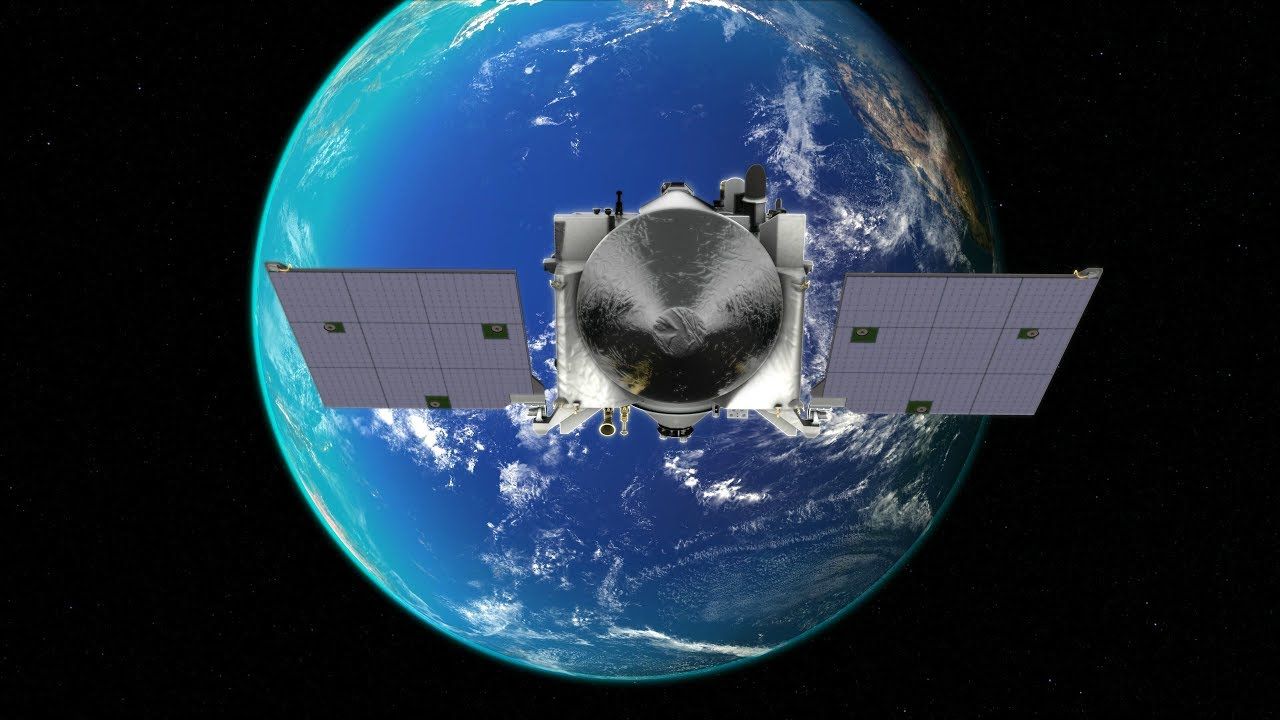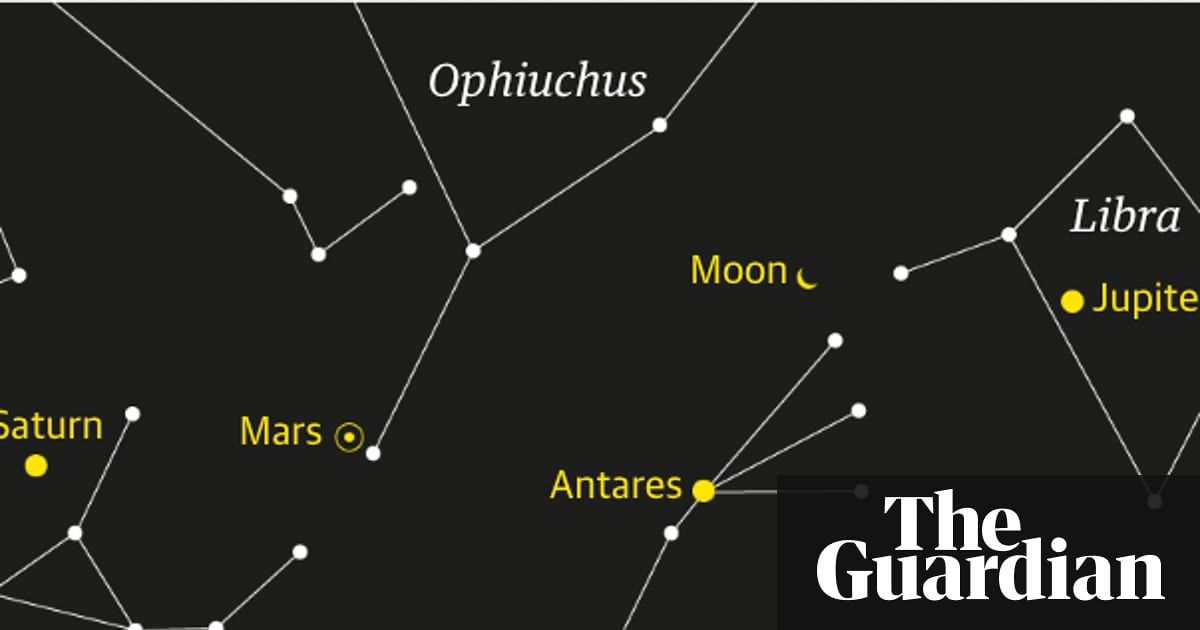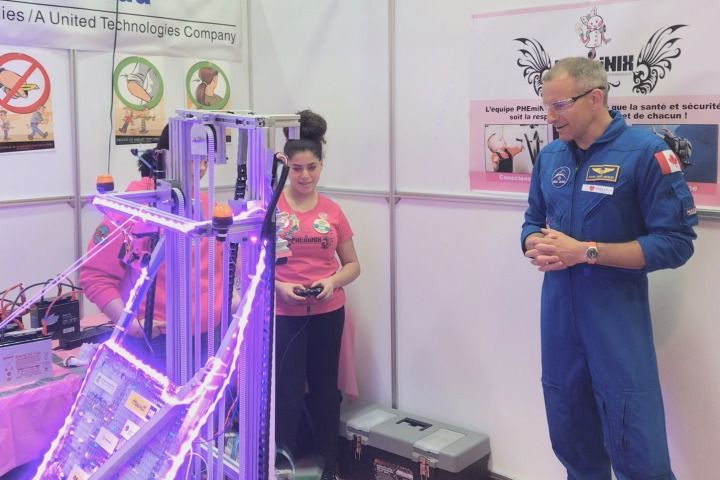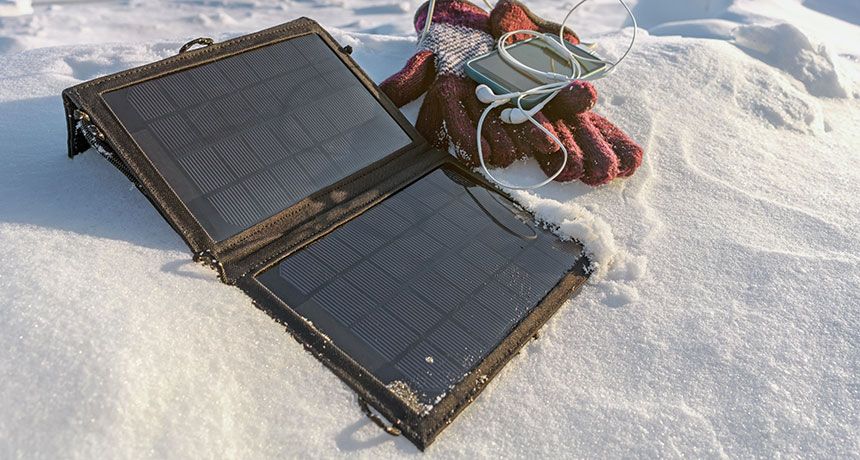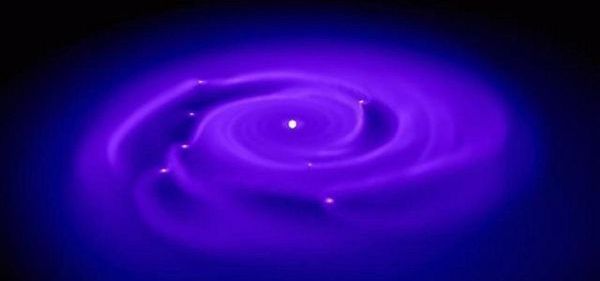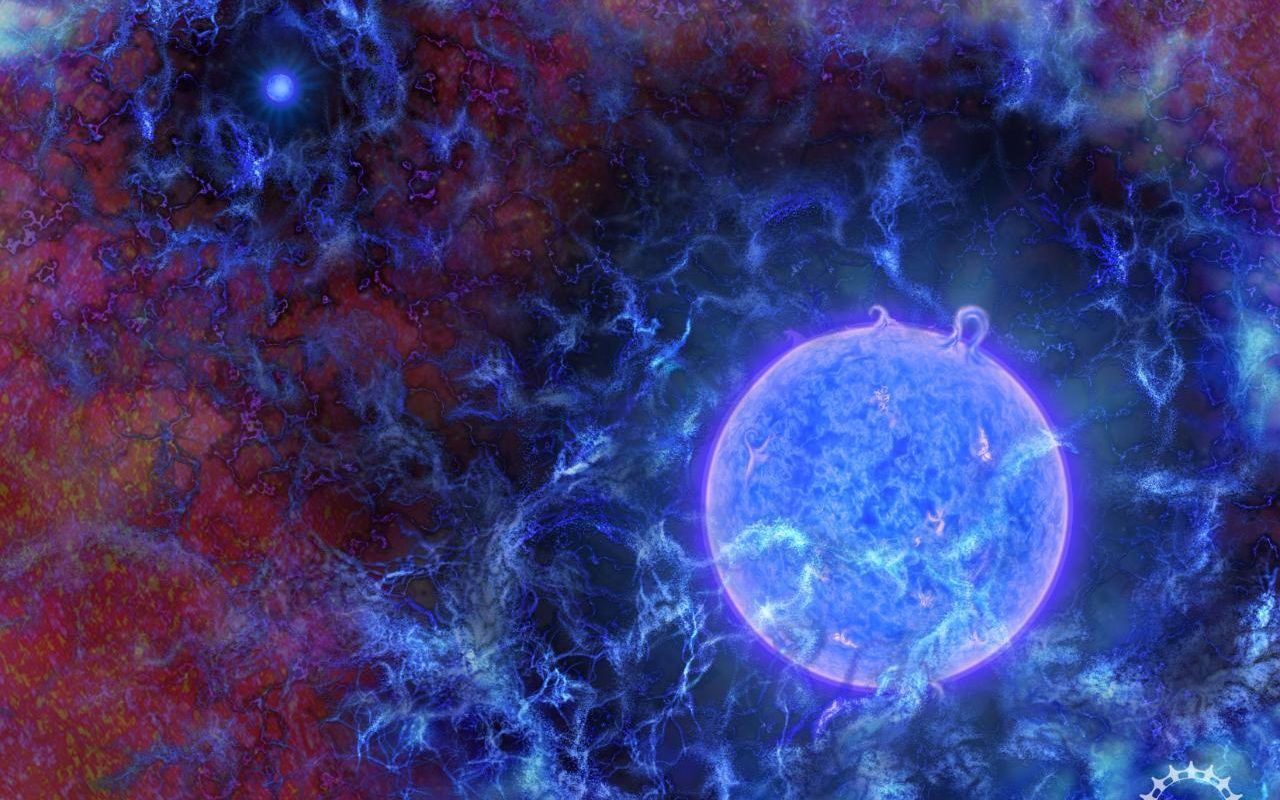Archive for the ‘space’ category: Page 891
Mar 5, 2018
Waking up From the Dream of Longevity
Posted by Steve Hill in categories: biological, genetics, internet, life extension, robotics/AI, space
In the course of the last century, science fiction has been a harbinger of things to come. From the automatic sliding doors of Star Trek to visual communication, cyberspace, and even the moon landing, many of our present technological achievements were dreamed up in the futuristic visions of science fiction authors of the 1960s and 70s. Indeed, the fantastical world of science fiction, while not intended to be prophetic, has ended up acting as a blueprint for our modern world.
We have learned from science fiction not only the possibilities of technology, however, but also its irreconcilable dangers. Readers of the genre will recognize the many stories warning us of the hazards of space travel, mind enhancement, and artificial intelligence. These fictional accounts cautioned that if we were not careful, our freedom to transform the world around us would transmogrify into a self-enforced slavery.
Nonetheless, while many of us remembered that these were just stories, intended as speculations about a possible future—in other words, they were fiction before science—through them, we became used to the idea that any advanced technology was inherently dangerous and its use always suspect. Moreover, it became a commonplace idea that technologies whose aim was to change or transform the human being—whether genetic, biological or reconstructive—would lead to a future worthy of Mary Shelley’s Frankenstein.
Mar 4, 2018
China is recruiting a new wave of astronauts from its civilians
Posted by Genevieve Klien in categories: engineering, government, military, space
China is intensifying its push into space, and broadening its astronaut recruiting.
The Chinese government, which plans to increase the number of manned missions in its military-backed space program to around two a year, will soon begin recruiting civilian astronauts, Yang Liwei, deputy director of the China Manned Space Engineering Office, told reporters on the sidelines of a ceremonial parliament session this weekend. That’s a departure from China’s practice of drawing its astronauts from among air force pilots.
Yang—who was China’s first man in space in 2003—said the trainees could include private-sector maintenance engineers, payload specialists, pilots, scientists, and people from universities and other research institutions, according to the Associated Press. More women are also being encouraged to apply. The loosening of restrictions comes amid NASA’s announcement that it has recruited America’s most competitive class of astronauts ever, as well as other initiatives like Canada’s Hunger Games -style search for new astronauts on the internet.
Continue reading “China is recruiting a new wave of astronauts from its civilians” »
Mar 4, 2018
Starwatch: spectacular line-up of three bright planets
Posted by Genevieve Klien in category: space
Saturn, Mars and Jupiter are all in a row this week in the pre-dawn south-eastern sky.
Mar 3, 2018
Canadian astronaut David Saint-Jacques visits Montreal robotics competition
Posted by Genevieve Klien in categories: robotics/AI, space
“To have the opportunity to talk to someone like that and to show what we did, it feels great,” said participant Ruby Novoa Forcier, 18.
Saint-Jacques’ visit was part of the Robotics FIRST (Favoriser l’Inspiration et la Reconnaissance des Sciences et de la Technologie) Quebec competition.
Around 5,000 students from different schools across Quebec, the United States and Europe got the chance to compete at the event.
Continue reading “Canadian astronaut David Saint-Jacques visits Montreal robotics competition” »
Mar 3, 2018
China’s great leap forward in science
Posted by Derick Lee in categories: biotech/medical, computing, science, space
However, the pattern seems clear, and is worth heeding by other nations: despite China’s reputation for authoritarian and hierarchical rule, in science the approach seems to be to ensure that top researchers are well supported with funding and resources, and then to leave them to get on with it.
Chinese investment is paying off with serious advances in biotech, computing and space. Are they edging ahead of the west?
By Philip Ball
A rechargeable battery that works at −70° C could be used in some of the coldest places on Earth or other planets.
Mar 1, 2018
Asteroid Institute adds Google Cloud and AGI as tech partners for asteroid tracking
Posted by Genevieve Klien in categories: mapping, robotics/AI, space
![]()
Google Cloud and AGI (a.k.a. Analytical Graphics Inc.) have gotten on board with the B612 Asteroid Institute to develop a cloud-based platform for keeping track of asteroid discoveries.
The two companies have become technology partners for the Asteroid Decision Analysis and Mapping project, or ADAM, which aims to provide the software infrastructure for analyzing the trajectories of near-Earth objects, identifying potential threats, and sizing up the scenarios for taking action if necessary.
Mar 1, 2018
Why Do All The Planets Orbit In The Same Plane?
Posted by Genevieve Klien in category: space
Feb 28, 2018
First light which ever shone in universe picked up
Posted by Genevieve Klien in categories: physics, space
T he first light which ever shone in the universe has been detected by astronomers scouring the skies for the earliest stars.
Using a simple radio antenna positioned in the quietest place on Earth — the western Australian desert — scientists picked up a signal of the long-sought ‘cosmic dawn.’
The breakthrough was described as ‘revolutionary’, ‘trailblazing’ and the most important discovery in astronomy since the detection of gravitational waves in 2015.
Continue reading “First light which ever shone in universe picked up” »
